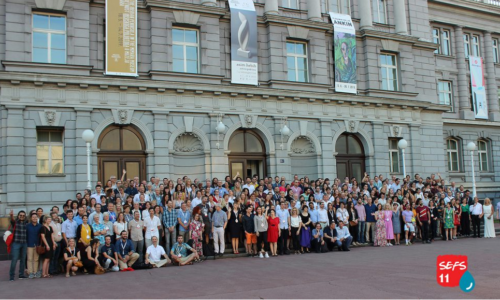Observatories in the world of the natural sciences
In the first week of July, Earthwatch’s Isabel Bishop presented at the Symposium for European Freshwater Sciences (SEFS), Europe’s largest gathering of freshwater scientists. This conference brought together over 800 freshwater researchers from Europe and around the world to share knowledge, exchange ideas and experiences, and have a good time. The keynotes highlighted the need to improve the impact of freshwater science on policy and planning. In fact, the focus of the conference this year was on interdisciplinary research. This has been a common call at many recent conferences and associations of the natural sciences. At this symposium, there was a special session on the links between natural and social science. This presented an excellent opportunity for the dissemination of citizen science to a large group of potential data aggregators and Isabel spoke about the different ways FreshWater Watch has been used to engage different types of audiences, ranging from ‘inquisitive users’, who only upload one sample, to ‘super-users’, who have uploaded at least 20 samples (for more information on this ‘long tail of participation’ among FreshWater Watch users, see this recent publication). For ‘inquisitive users’, she introduced the WaterBlitz method (used in the GroundTruth 2.0 Swedish demo case) as a way to harness mass participation to collect useful data on water quality across a catchment. For ‘super-users’, she focused on the process of co-creation in citizen observatories like the VattenFokus group.

Interestingly, Isabel’s was the only presentation on citizen science, of the 500 symposium presentations. While this made a strong impact, she came away feeling that more can be done to make citizen science in general, and the GroundTruth 2.0 approach more available to some key users. She also had the opportunity to visit the beautiful Plitvice Lakes, where she demonstrated FreshWater Watch to numerous researchers from across the continent who, having heard her speak, are now interested in setting up and getting involved with citizen science as part of their work.

